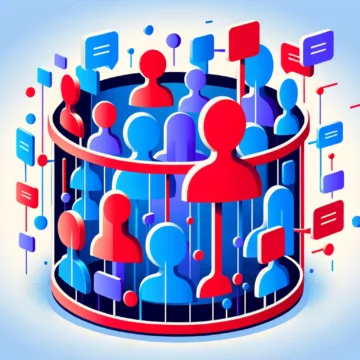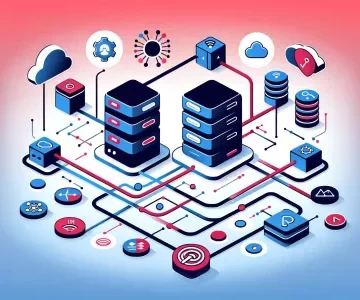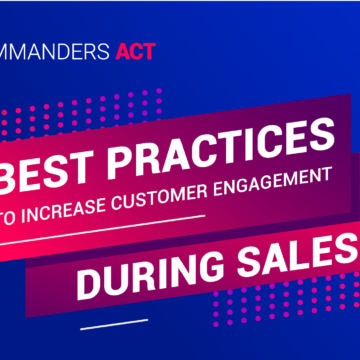How to choose the right CDP?
12/07/2022 |

All Customer Data Platforms can build unified customer profiles. But features still vary widely among systems, both in terms of the core features that build customer profiles and additional features that perform other functions.
Finding the right CDP for your business requires a close look at what each system provides compared with what your company needs.
We’ll start with the core features. Remember that non-CDP systems provide a number of features that overlap with a CDP. A data warehouse may collect data from source systems, making CDP data collection features less important. A Master Data Management system may maintain customer identities that your CDP can import. An Integration Platform may be able to move CDP data into systems that need it. Even if you do have those types of systems, there’s no guarantee they’ll actually meet your needs. But you do want to take a look.
For now, let’s assume you do need a CDP to provide the full set of features. Some items to check include:
Data collection:
- Can the system handle all of your existing data sources, including both online and offline data?
- Does the vendor provide prebuilt connectors for your existing data sources, or will you have to build your own?
- What is required to build a new connector?
- If you have streaming data sources, can the system support them?
- Can you define and react to events within the streaming data?
- Can the system accept unknown or unexpected inputs without losing the data?
- Can the system support your data volumes, in terms of load time, storage capacity, and access speed?
- What will be needed to organize the data so it matches your company’s business data model?
Profile building:
- Can the system build profiles with a persistent ID that does not change regardless of changes to any personal identifier?
- Can the match personal identifiers using the methods you require:
»Deterministic (matches based on known links between two identifiers, such as a phone number and postal address on the same account record).
»Similarity (matches based on alternative forms of the same information, such as spelling variations in a street name).
»Probabilistic (matches based on correlations between two items, such as a phone and computer that are frequently used in the same times and places).
• Can the system build a unified view by combining all data associated with the same individual?
• Can the system create aggregates, scores, and other derived values based on events and transactions associated with the same individual?
• Can the system build household- or company-level profiles that combine information for multiple individuals?
•How quickly can the system recalculate derived values when a new personal identifier is matched to an existing customer ID (without reassessing existing matches)?
•How quickly can the system reassess all existing matches when new personal identifiers are added?
•How quickly is ingested data incorporated into customer profiles, including updated calculations using that data?
Data sharing:
- What access methods are provided to retrieve CDP data?
•What steps, if any, are needed to expose new data elements for sharing?
•How quickly can individual profiles be returned via API call?
•Can the system perform calculations such as a predictive model score in real time based on an API call?
Many CDPs provide functions beyond profile building. Major categories are listed below.
Any of these might be provided by a specialist system. Companies that have adequate specialist solutions in place will not usually want to replace them with the CDP’s version. But companies without an adequate solution may want to assess whether CDP provides an acceptable option, recognizing the advantage of minimizing the number of separate systems the company must buy, integrate, and train employees to use.
Analytics: reporting, exploratory and descriptive analytics, data visualization, predictive modeling, next-best-action identification, product recommendations, send-time optimization, marketing results attribution.
Campaigns: audience or segment selection, multi-step campaign flows, real-time interactions, segment-level content selections, test splits
Personalization: individual-level message and offer selection, data retrieval, dynamic content execution
Orchestration: message selection across multiple campaigns, individual-level channel selection, channel-specific formatting, connectors to channel delivery systems.
- Delivery: channels supported, personalization features, content creation and management, volumes supported.
- Operations: order processing, shipping, product delivery, billing, sales, support, etc.
Delivery and operations systems in particular are major products in their own right. Most companies would start by selecting systems that meet their core delivery and operations needs, and then assess whether the built-in CDP is adequate or a separate CDP is needed.











